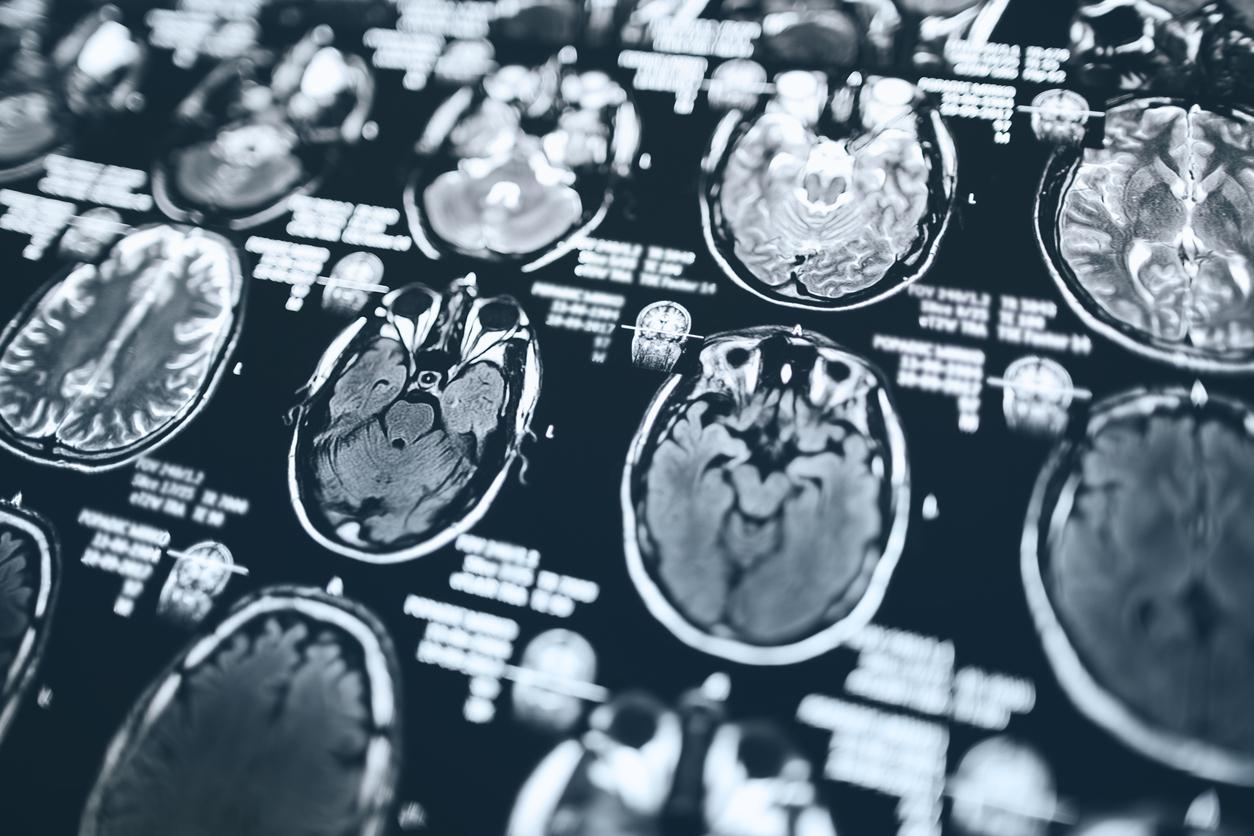Count your steps, monitor your diet, improve your sleep, find information on a pathology … Health applications fulfill many functions, but how do you know if the data transmitted will be kept and for how long? Or if the information given is reliable and verified? Until then, the development of these applications did not respond to any framework, which kept the user in a certain vagueness. To compensate for this lack, the Haute Autorité de Santé (HAS) is today publishing a repository 101 good practices to follow. It is intended for developers and reviewers of applications, with the aim of protecting the public and their personal data. Among these 101 criteria, the HAS insists on four in particular:
Verified information
First, health information must be reliable and of high quality. For this, the content should be developed by health professionals or qualified professional organizations, and based on verifiable bibliographic references. Any links of interest of the people contributing to the application, and the sources of funding must be explicitly specified. In case of personalized advice given to the user, the algorithms must be scientifically validated. If a test gives rise to human interpretation, it should be performed by a healthcare professional.
Performance of the services offered
Second, the applications will have to be “technically efficient”. Data measurements should be precise, and calibrated in advance. The application must not cause deleterious effects for the Internet user, such as burns or allergies, and a system must take care of the failures.
Security
Third, any application will have the obligation to guarantee the confidentiality and security of personal data. Thus, confidential data will have to undergo a “pseudonymization” (anonymization of information by the use of a pseudonym, and not of the real identity of the user). Data encryption and an approved healthcare internet host will enhance security.
Accessible ergonomics
Finally, the ergonomics must be easy to use. Where applicable, the application must be accessible to visual and hearing impaired people, with an assistance service (frequently asked questions, online help, hotline). All this with respect for privacy in the event of referral to social networks.
The criteria to be met will also depend on the type of application. Depending on its purpose (general information, prevention, data analysis, etc.), and the target audience, the levels of requirements will not be the same. Each good practice will then be compulsory, recommended or advised.
To read also
An application to strengthen your perineum is available
The Tinder dating app, a source of physical complexes?
Apps would help users have better health behavior

















